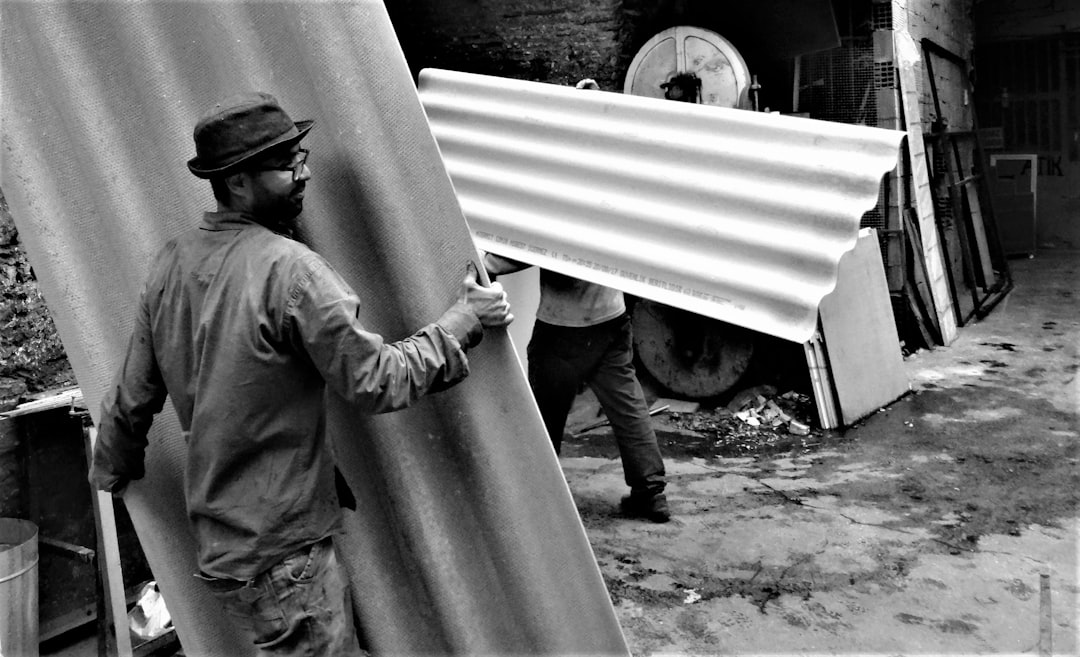
For construction professionals looking to install vapor barriers in crawl spaces, understanding the cost dynamics is crucial. Typically, installation costs range from $1,800 to $7,500, depending on factors such as barrier thickness, accessibility, and square footage. This guide provides a detailed breakdown of these costs and offers insights into achieving accurate estimates.
Most building codes recommend using 6-mil or thicker polyethylene sheeting as a vapor barrier to mitigate these issues.
1. Crawl Space Size
Cost is directly proportional to the square footage. Larger spaces require more materials and labor.
2. Vapor Barrier Grade
3. Accessibility
Tight spaces increase labor costs due to additional time and effort required.
4. Add-On Upgrades
These upgrades enhance the barrier's longevity and effectiveness.
These estimates include demolition, debris disposal, ground leveling, and final moisture readings.
Using AI technology, CountBricks provides precise estimates by analyzing blueprints and real-time material costs. This ensures transparency and accuracy in pricing.
Professional installation often results in better long-term outcomes and compliance with insurance requirements.
Does a thicker barrier always cost more? Not necessarily, as installation efficiency can offset material costs.
Will a vapor barrier reduce energy bills? Yes, it can lower HVAC loads by up to 10%.
How long does the barrier last? A 6-mil sheet lasts about 10 years, while 20-mil liners can last over 25 years with maintenance.
For accurate and reliable vapor barrier installation estimates, visit CountBricks.com and leverage our AI technology for your next project.

This case study demonstrates how CountBricks optimizes crawl-space upgrades. The project involved a 700 sq ft space with persistent moisture issues.
CountBricks' real-time data ensures that estimates closely match final costs, providing transparency and reliability.
Consider bundling crawl-space work with other renovations for cost savings. CountBricks' AI identifies opportunities for discounts across projects.
Get your personalized quote at CountBricks.com and enhance your property's value with our expert solutions.